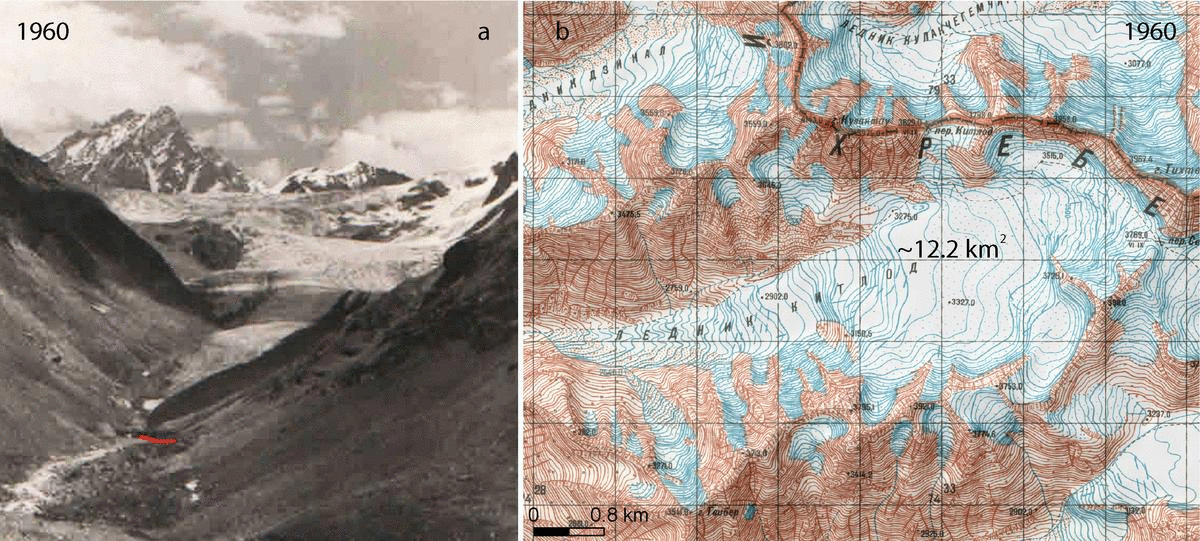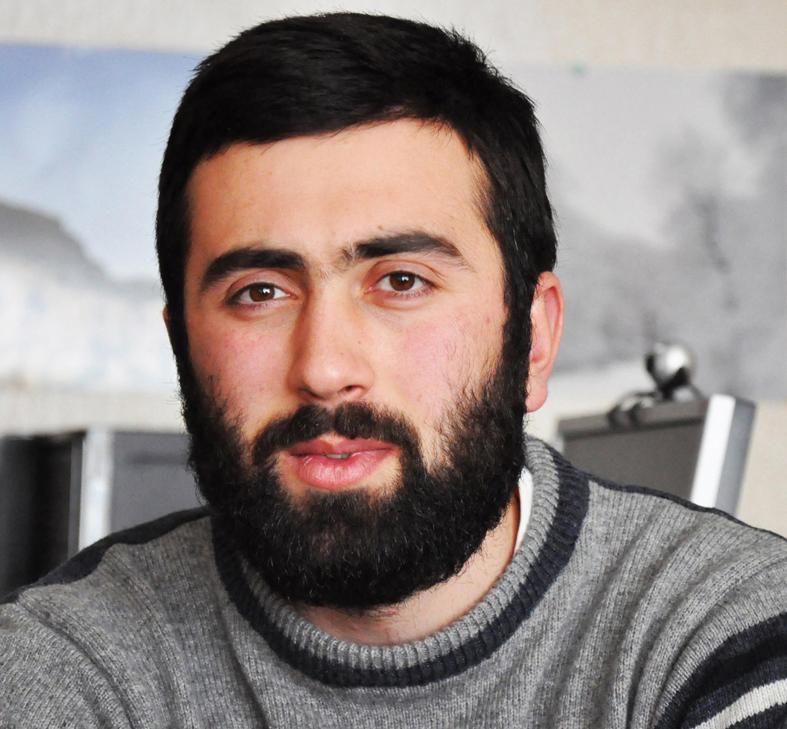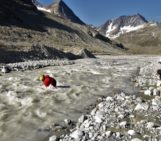Last week, we learned about the dramatic fate of the Hochjochferner, which has strongly retreated in the past years due to climate change. It represented just one example amongst many alpine glaciers, which are following a similar path. But the Alps are not the only mountain range in which glaciers are retreating. Another example closeby is the Caucasus region. Its glaciers are also shrinking at a very fast pace…
The retreat of Georgian glaciers
The dramatic decline of Georgian glaciers over the past decades is one of the most obvious and visible natural indicator of climate change in the Caucasus region (see also our previous post on the subject). The monitoring of glacier properties such as area and terminus position is the main source of information to investigate climate fluctuations in the mountainous areas of Georgia, especially as direct meteorological data are not often available.
Since the beginning of the 19th century, global warming has had significant impacts on the Georgian glaciers. Increasing air temperatures have led to intensified ice mass loss induced by strengthened ablation and retreat. The changes in glacier properties, especially glacier area, are clearly visible when comparing old and new photos (videos above and below).
In the main video of this blog post, the evolution of the Dolra Glacier is shown. The Dolra Glacier is located on the southern slope of the Georgian Caucasus (in the Upper Svaneti Region) and is a valley glacier with south-eastern exposition. I used Little Ice Age moraine deposits, along with old topographical maps and satellite imagery to measure the perimeters of the glacier. The animation data shows that the Dolra Glacier’s area has strongly diminished over the past two centuries. From 1820s to 2019, the glacier area has declined by about 46.4% and the glacier terminus retreated by about 2.4 km. A similar evolution can be seen for the Kvitlodi Glacier in the video below.

a – The comparison of these two images show Kvitlodi Glacier retreat over the last half century, from the 1960 to 2011 [Credit: L. Tielidze, 2017]. b – Kvitlodi Glacier decrease from 1960 to 2019 based on archival topographical map and Sentinel image. In the 1960s the glacier area was ~12.2 km2, while it decreased toward ~9.4 km2 in 2019 (-23%). Over the same time, the glacier terminus raised from ~2290 m to ~2610 m above sea level and retreated by about 1560 m (-26.4 m per year) [Animation created by L. Tielidze].
Why does the retreat of glaciers in the Georgian Caucasus matter?
Georgian glaciers are valued resources with economic and cultural significance for human societies living below them. For example, glacial landscapes play an important role in the development of the touristic and recreational infrastructure in the mountainous zones.
In addition, the glaciers are an important freshwater resource, acting as a water tower for people and ecosystems downstream. While the glaciers disappear, reducing the water availability, the demand is rising, potentially leading to water supply problems in the future.
Finally, as the glaciologists know, losing the glaciers is losing an important resource to understand and investigate the climate history of the region…
Further reading
- Climate Change & Cryosphere – Caucasus Glaciers Receding
- Tielidze, L. (2016): Glacier change over the last century, Caucasus Mountains, Georgia, observed from old topographical maps, Landsat and ASTER satellite imagery, The Cryosphere, 10, 713–725, doi:10.5194/tc-10-713-2016.
Edited by Clara Burgard
 Levan Tielidze is a senior research scientist at Institute of Geography, Tbilisi State University. He is also a PhD student at Antarctic Research Centre and School of Geography, Environmental and Earth Sciences, Victoria University of Wellington. The field of his research is modern glaciers and glacial-geomorphological studies of the mountainous areas in the Quaternary (Late Pleistocene and Holocene). Contact Email: levan.tielidze@tsu.ge/levan.tielidze@vuw.ac.nz.
Levan Tielidze is a senior research scientist at Institute of Geography, Tbilisi State University. He is also a PhD student at Antarctic Research Centre and School of Geography, Environmental and Earth Sciences, Victoria University of Wellington. The field of his research is modern glaciers and glacial-geomorphological studies of the mountainous areas in the Quaternary (Late Pleistocene and Holocene). Contact Email: levan.tielidze@tsu.ge/levan.tielidze@vuw.ac.nz.




